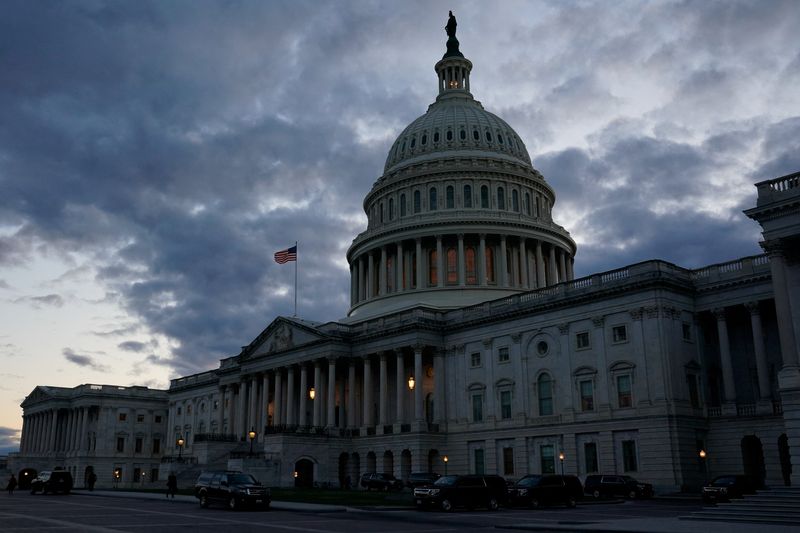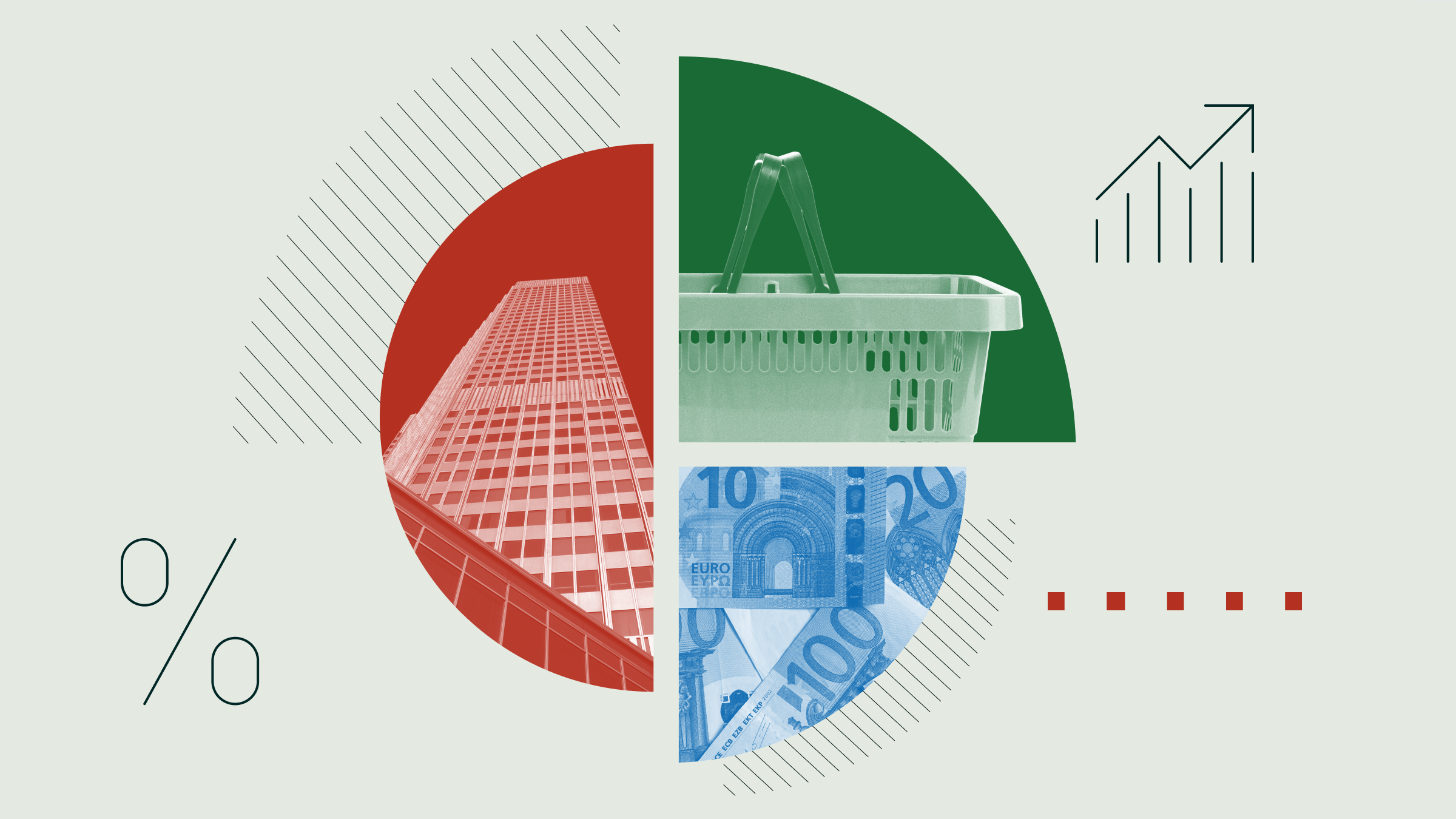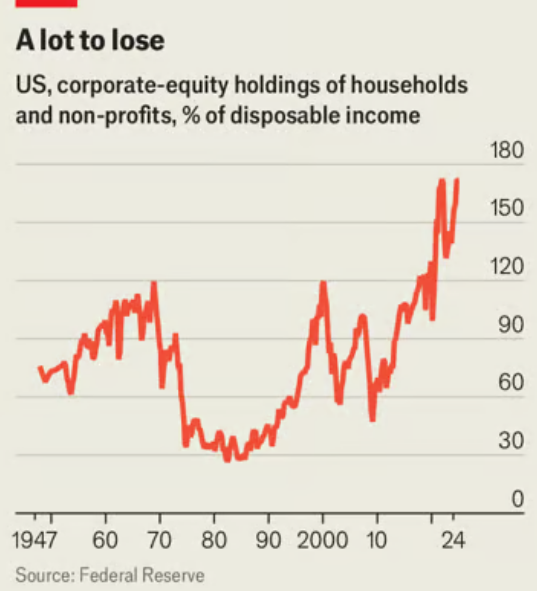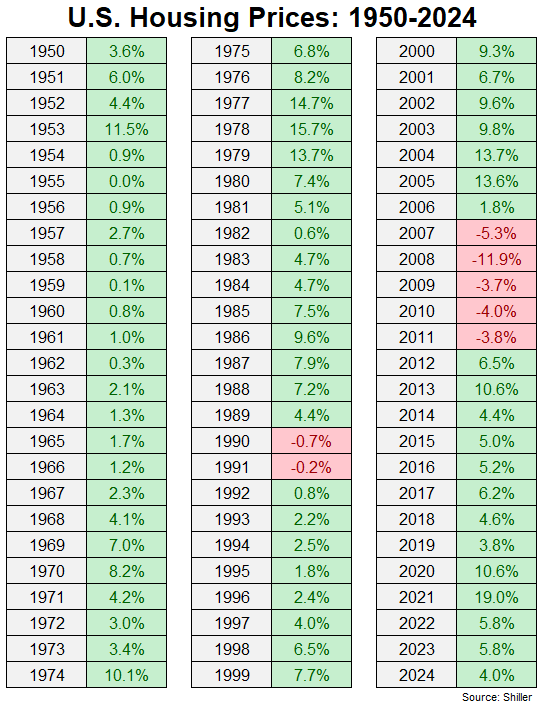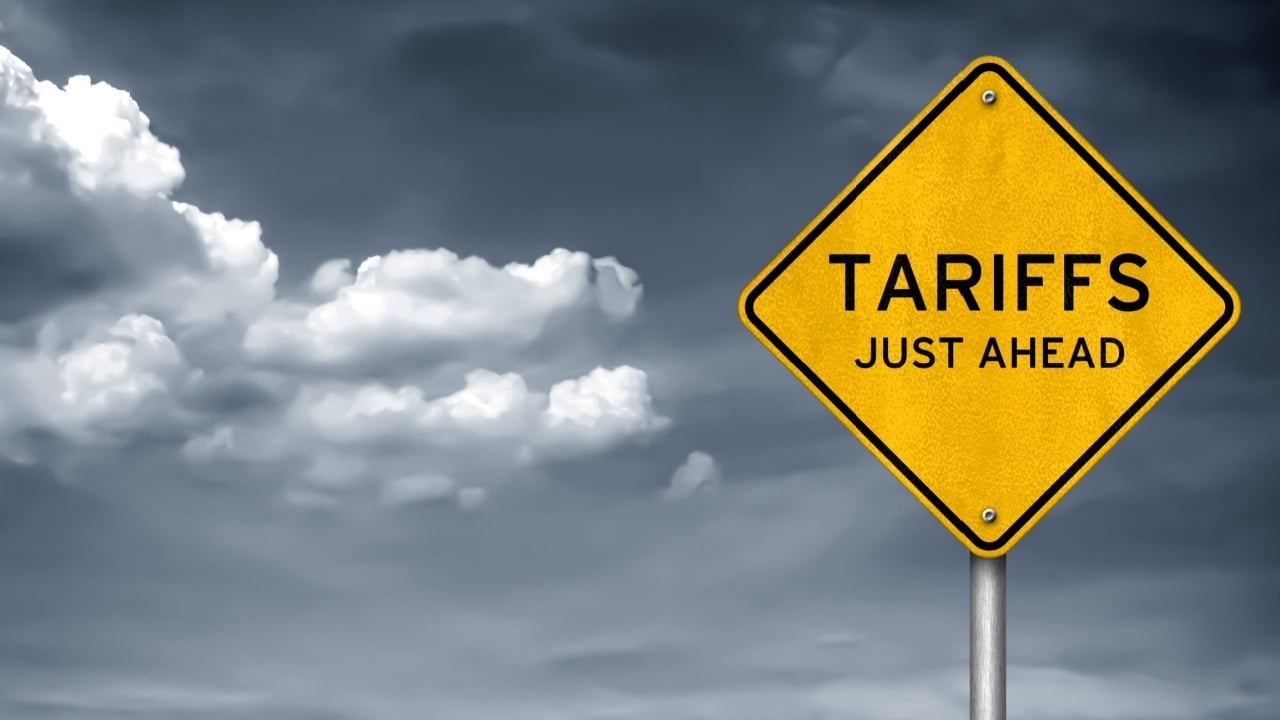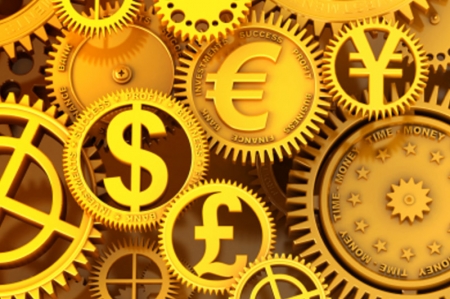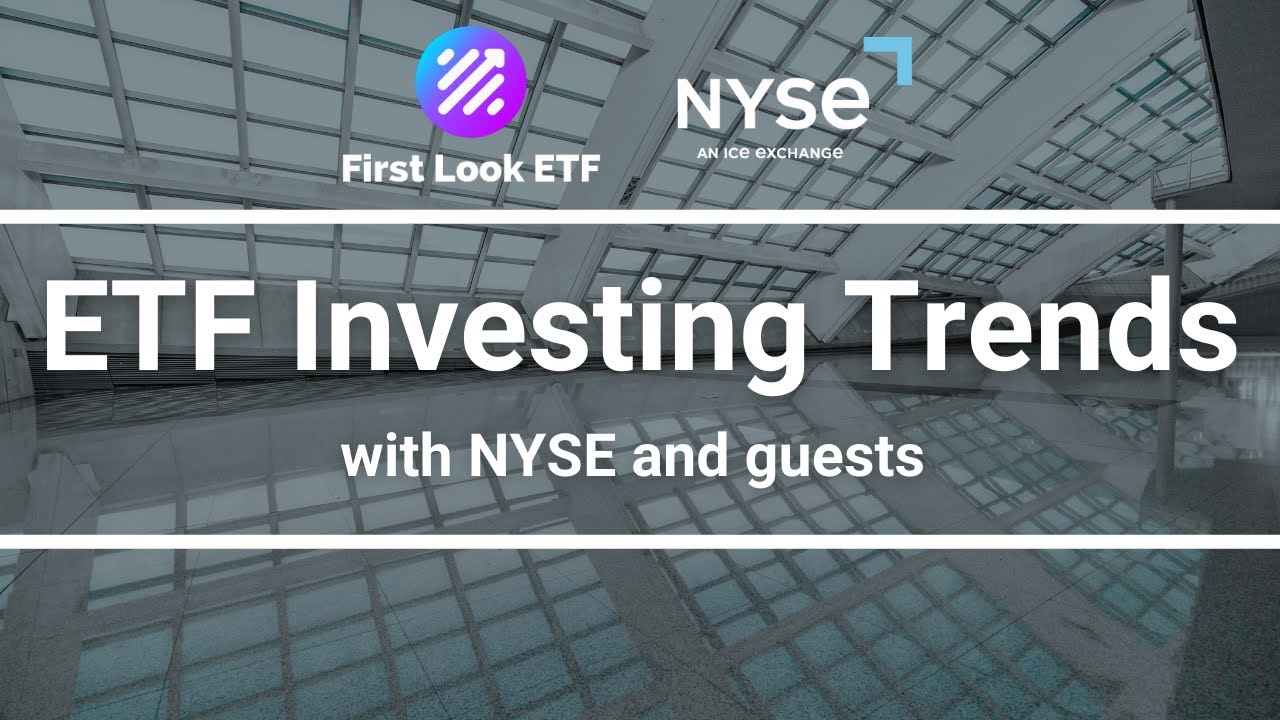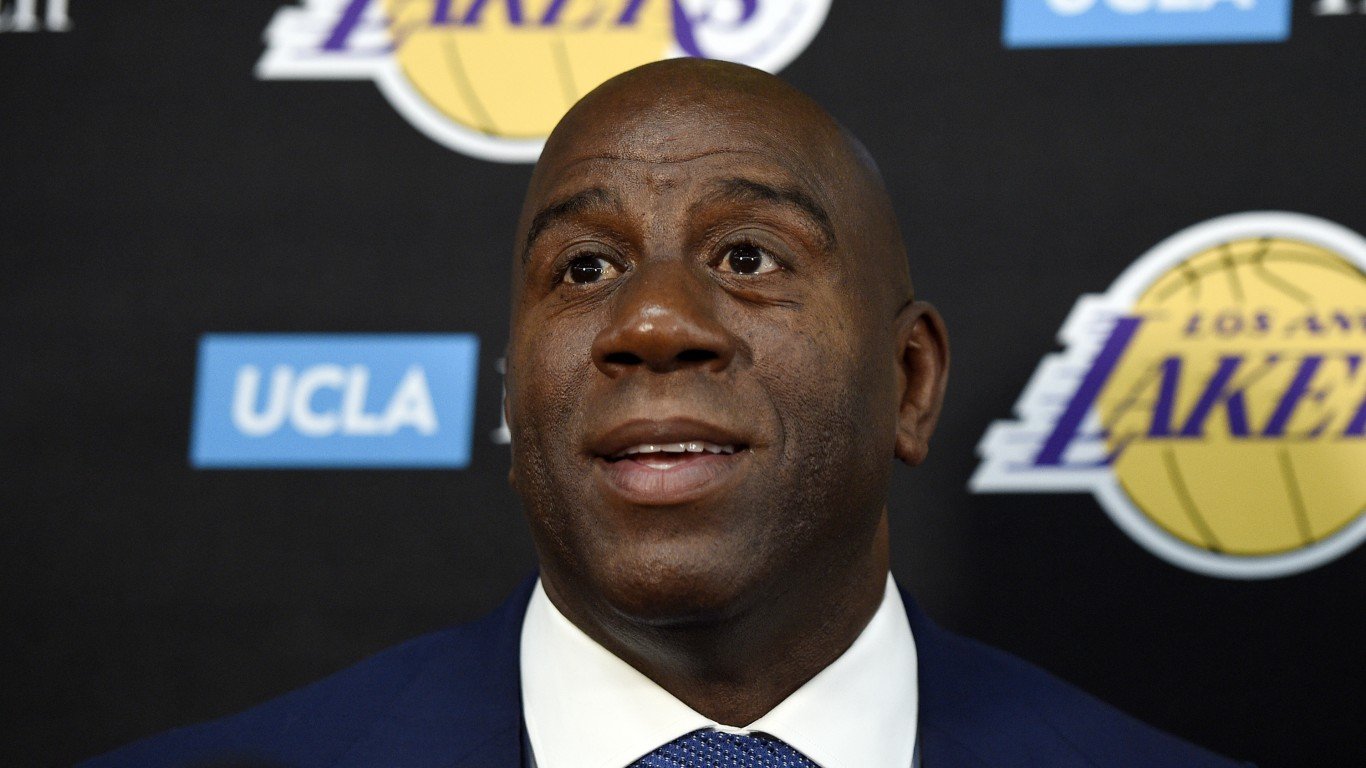Prepare for Takeoff with the U.S. Global Jets ETF (JETS)
When airline stocks move, they can fly high, creating wealth for the shareholders. Perhaps this explains why billionaire investor Stanley Druckenmiller recently bought shares of American Airlines (NASDAQ:AAL), Delta Air Lines (NYSE:DAL), and United Airlines (NASDAQ:UAL). Yet, not everyone wants to be a researcher and stock picker in the air carrier sector. There is a simple solution for […] The post Prepare for Takeoff with the U.S. Global Jets ETF (JETS) appeared first on 24/7 Wall St..

Key Points
-
The U.S. Global Jets ETF diversifies its holdings beyond U.S.-based air carriers.
-
While the JETS ETF can be somewhat volatile, it may simplify the investment process for airline stock bulls.
When airline stocks move, they can fly high, creating wealth for the shareholders. Perhaps this explains why billionaire investor Stanley Druckenmiller recently bought shares of American Airlines (NASDAQ:AAL), Delta Air Lines (NYSE:DAL), and United Airlines (NASDAQ:UAL).
Yet, not everyone wants to be a researcher and stock picker in the air carrier sector. There is a simple solution for airline stock bulls, however.
The U.S. Global Jets ETF (NYSEARCA:JETS) is a managed exchange traded fund (ETF) that streamlines the process of investing in airline stocks. So, get your boarding pass ready as we discover the potential benefits and drawbacks of this unique fund.
JETS: Not Just the “Big Four” Airlines
Managed by U.S. Global, the U.S. Global Jets ETF aims to provide investors with access to the airline industry. However, this doesn’t only include U.S.-based air carriers.
Sure, the JETS ETF invests heavily in the best-known “Big Four” U.S. airlines. Indeed, the fund’s top four holdings by weighting percentage are Southwest Airlines (NYSE:LUV) (11.6% of the fund), Delta Air Lines (10.95%), United Airlines (10.77), and American Airlines (10.4%).
In total, that’s more than 40% of the U.S. Global Jets ETF’s holdings. So, you’ll get plenty of exposure to famous U.S. air carriers with this fund.
If you only want to invest in those four U.S.-based airlines, then you might just want to buy shares of them. As for the JETS ETF, it’s definitely not limited to those four stocks.
With the U.S. Global Jets ETF, you’ll also participate in the growth of international air carriers. Examples include Air Canada (OTCMKTS:ACDVF) (2.83% of the fund), Australia’s Qantas Airways (OTCMKTS:QUBSF) (1.02%), and Air China (OTCMKTS:AIRYY) (0.5%).
Furthermore, the U.S. Global Jets ETF invests in aircraft and related components manufacturers. For example, the fund’s holdings include Boeing (NYSE:BA) (2.24% of the fund) and Canadian aircraft builder Bombardier (OTCMKTS:BDRBF).
And here’s something you probably didn’t expect: the U.S. Global Jets ETF also invests in travel/booking technology companies. Some of them are TripAdvisor (NASDAQ:TRIP) (2.13% of the fund), Booking Holdings (NASDAQ:BKNG) (2.11%), and Expedia (NASDAQ:EXPE) (2.06%).
Whether you’d like to commit your investable capital to these market sectors and geographic locations is a personal choice. For what it’s worth, diversifying its holdings may add an element of safety to the JETS ETF.
Prepare for Turbulence
Speaking of safety, some investors might purposely hold ETFs because they assume that these diversified funds aren’t volatile. Yet, even a fund with a diversified portfolio, such as the U.S. Global Jets ETF, can be prone to bouts of volatility.
As you can see in the five-year chart, the JETS ETF doubled in price during the recovery from the COVID-19 pandemic. Then, it crash-landed in 2022, only to recover those losses in 2023 and 2024.
The fund’s management acknowledges, “Leisure travel has already returned to and surpassed pre-pandemic levels, while business travel has been slower to recover.” It can be tricky to profit from airline stocks because this market sector is highly sensitive to fluctuations in the broader economy.
When you also factor in the ups and downs of jet manufacturers and booking technology companies, the potential for a turbulent ride can’t be ignored. All in all, the U.S. Global Jets ETF is susceptible to volatility based on the condition of the economy, both in the U.S. and globally.
The Costs and Benefits of Active Management
Another factor to consider with any ETF is its expense ratio. To put it simply, the expense ratio is a fund’s management fee, expressed as a percentage of the share price, which is deducted on an annualized basis.
The annual expense ratio for the U.S. Global Jets ETF is 0.6%. On the spectrum of ETF management fees, I’d say this is just about average — not a bargain, but also not exorbitant.
Again, you could instead choose to be a stock picker like Druckenmiller. Then, you wouldn’t have to pay the JETS ETF’s management fees.
On the other hand, many retail investors don’t have the time and resources to commit to stock research and picking. Unfortunately, we can’t all invest like Druckenmiller does.
Thus, for many investors, the main benefit of the U.S. Global Jets ETF is the active management. It’s a matter of convenience for the investors, along with the reassurance that the fund’s management is closely monitoring the airline industry so you won’t have to.
In the final analysis, not everyone is prepared to withstand the ups and downs of the international market for airlines, manufacturers, and travel booking firms. If you can handle some turbulence, however, then fasten your seat belt and consider a potentially profitable trip with the JETS ETF.
The post Prepare for Takeoff with the U.S. Global Jets ETF (JETS) appeared first on 24/7 Wall St..




